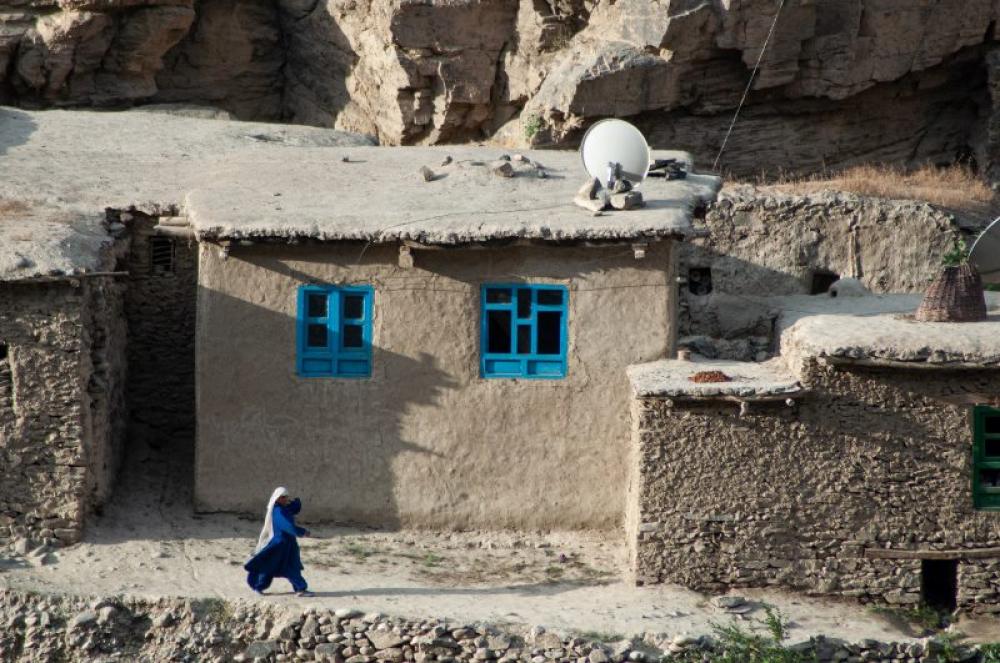Just Earth News | @justearthnews | 18 Mar 2022, 03:35 am Print
 Afghanistan Poverty
Afghanistan Poverty Image Unsplash
The World Bank today released results of a household survey conducted in Afghanistan in the fall of 2021 to assess changes in basic living conditions in the early days of the interim Taliban administration. The survey was conducted by phone and provides a representative sample of Afghan households covering all regions of the country.
Overall, the results suggest that while the Afghan population is still able to find work and access some key public services, the situation is quite fragile, and a rapid and dramatic decline in welfare outcomes and access to services could occur unless salaries, at least for key services, can be restored and food security improved.
Key highlights include:
On employment:
The number of people looking for employment has increased in both rural and urban areas.
In urban areas, employment opportunities are limited, and the unemployment rates have increased.
In rural areas, employment has increased, possibly due to improved security.
The share of public sector employment has decreased, due to a decline in security service and government jobs, while the share of households reporting self-employment has risen.
Employed workers across all sectors and in all regions of the country report a significant decline in earnings. This is consistent with reported lags in the payment of salaries.
On food security:
The share of respondents reporting that their households were unable to cover basic food and non-food needs had reached 70 percent, as compared to about 35 percent reported for May 2021.
Households in both urban and rural areas also report a significant decline in the quality and quantity of food consumed.
On education:
While disparity in overall school attendance by gender remains high, survey results indicate that at the primary level, more girls are in school, with attendance higher overall for both boys and girls, compared to the situation in the fall of 2019.
The increase in school attendance by girls is concentrated in rural areas, where baseline attendance rates were lower in 2019, likely due to high levels of insecurity.
In urban areas, the proportion of households sending their girls to school stayed flat at 53 percent, but the share of households sending only primary age girls to school rose. The share of households sending their girls to both primary and secondary school declined.
On access to Health Services:
Among people needing medical attention, 94 percent were able to obtain it in October-December 2021, with little variation between men and women or between urban and rural locations.
Both private and public providers played an important role in the provision of medical services, with private providers serving over half of the people who reported needing medical attention.
- New form of 'religious fascism': Bangladesh students, cultural activists protest arrest of Baul singer for hurting religious sentiments
- NY Mayor-elect Mamdani backs Starbucks strike: 'No Contract, No Coffee'
- Unprecedented housing emergency hits Ukraine — Millions struggle for shelter amid ongoing conflict against Russia
- Israel-Hamas crisis: Nearly every child is showing signs of trauma after years of conflict in Gaza, shows report
- Baloch Martyrs’ Day in Berlin: Activists slam Pakistan, demand ‘Free Balochistan’



-1763561110.jpg)


